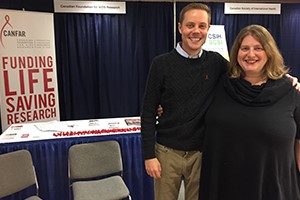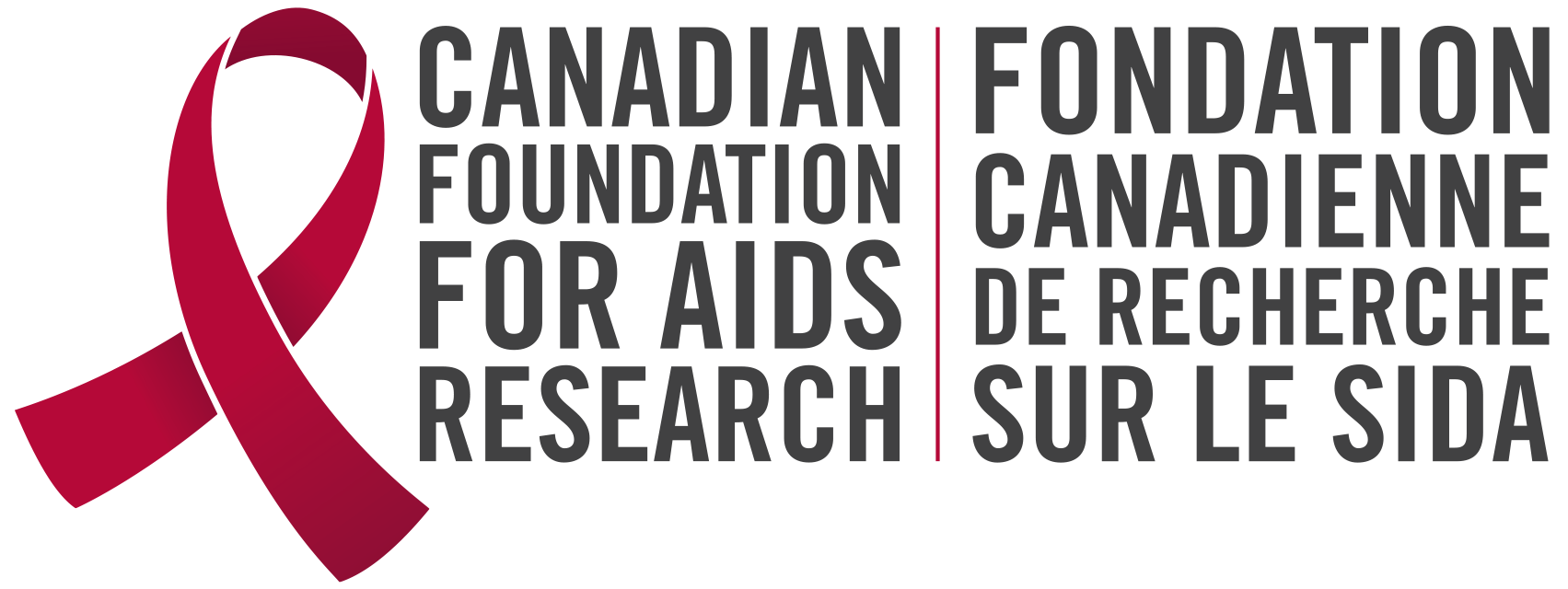Q5 With Dr. Sarah Flicker and Her Team: Picturing Participation
May 9, 2017
Cameron Dunkin: CANFAR has recently funded your research project Picturing Participation. Can you tell me a bit about this research?

Dr. Flicker: Picturing Participation will be looking at people’s experiences of living with HIV in three different organizations: a hospice, a youth program, and a general support centre. Participants in the study will be given cameras so they can capture their own documentation, realities, and issues they may encounter specific to living with HIV within these spaces. This process is called ‘Photovoice’, where their pictures become departure points for analysis of how to improve these services and highlight best practices that other organizations can adopt.
Dunkin: Your Photovoice project is community-based research. What does this mean?
Dr. Flicker: Community-based research is defined by the questions being answered as coming directly from the community. The research team works in collaboration with members of the community to establish the idea, design the implementation, and analyze and distribute the data. The outcomes of advocacy and action are intended to support the needs of those involved and address concerns from the ground up. We have a dynamic team of researchers, support workers, and community members assisting with this project.
Dunkin: What progress have you seen to date?
Dr. Flicker: Photovoice data collection has already taken place at two of our partner organizations, Casey House and Empower. We are about to start working with our third community partner, the Toronto People with AIDS Foundation (PWA). Our community is showing a lot of excitement about this work and we even have some disappointed people who wanted in as participants, but we’ve reached our quota!
Dunkin: How do you envision the impact of your research?
Dr. Flicker The project will provide answers as to how organizations that serve people living with HIV can observe the barriers for addressing their clients’ needs and how to overcome them. All organizations can improve their level of quality and this is a productive way to give insight.
Dunkin: When you have concluded your research and analysis, how will you be sharing the potential discoveries?
Dr. Flicker: Sharing our newfound information is critical! Sharing these captured images is compelling and it allows for a visual translation. We will curate an exhibit with images and video at each partner organization so the community can access these stunning visuals and learn the participants’ stories.
There will also be a written component, with the inclusion of academic papers and user-friendly resources. This will enable the team to appeal to diverse and relevant groups for the purposes of HIV research, prevention, care, and advocacy.
Dr. Sarah Flicker’s team members include Alex McClelland, Soo Chan Carusone, and Sarah Switzer.
Authored by Cameron Dunkin, Manager of Research
